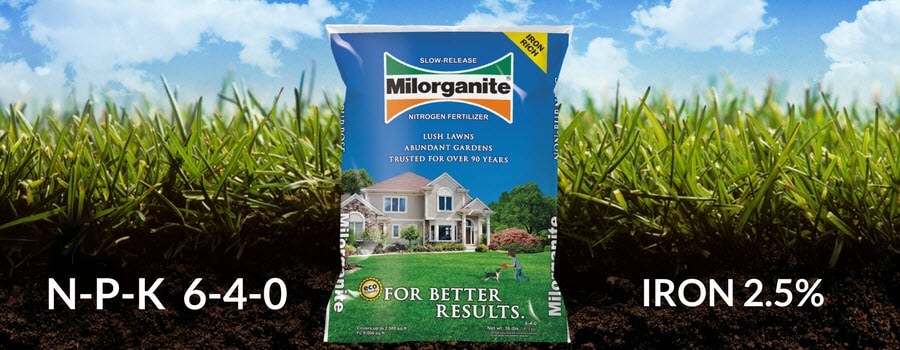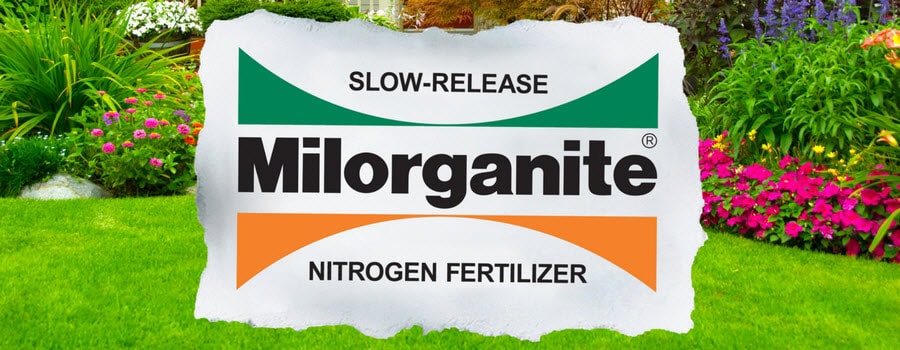Analysis and Names May Change. Milorganite’s Quality Doesn’t.
February 7, 2018Milorganite: Analysis Update
Nitrogen. Phosphorus. Potassium. N–P–K. You’ll find these numbers on every bag of synthetic as well as organically derived fertilizer. They indicate the percent of each of these three nutrients in the bag.
Nutrient analysis is highly regulated nationally and, increasingly, on the state level. Fertilizer producers don’t simply declare the analysis of their product and print it on the bags of fertilizer. Regulatory oversite ensures an accurate analysis, so you know exactly what’s in every bag of fertilizer you purchase.
Which came first? The recipe or the input?
Synthetic fertilizer producers start with a target nutrient content in mind and manufacture the product by following a “recipe.” The desired percentage of nutrients is reached by adding “a bit more of this” or “a tad less of that.” The recipe can be continually tweaked to ensure the analysis is always accurate.
Milorganite is different. We don’t have a recipe to tweak to reach the analysis of nitrogen, phosphorus, and potassium. The percentage of nutrients in Milorganite reflects the consistent amount of organically derived nutrients present as a result of waste water reclamation. Those percentages vary over time.
Here’s a simple comparison. The analysis of Milorganite reflects the product. The input can’t be changed. The analysis of synthetic fertilizers reflects the analysis. The input can be changed.
Milorganite’s Analysis Has Always Fluctuated
The nutrient levels in Milorganite have slightly fluctuated throughout its history. We monitor the nutrient levels in Milorganite daily. If we consistently find, over several years, that one of these three primary-nutrient levels has changed, we’re then confident in changing the analysis, with the blessing of regulators. We demonstrated that Milorganite’s nitrogen content changed from 5 percent to 6 percent. This is now represented on every bag.

Iron Content Remains Effective
Iron is another popular nutrient found in Milorganite, because of its ability to produce the green grass homeowners expect. Milorganite guarantees a minimum of 2.5 percent of iron in every bag. As a result of recent improvements to our wastewater reclamation process, the iron content changed from 4 percent to 2.5 percent. We use iron to help maximize phosphorus recovery. The process improved, so now we use less iron. Independent field research found that lower amounts of iron in Milorganite don’t impact its lawn-greening ability.
Only the Name Has Changed
The term “organic” can be confusing, because it means something different depending on the context. In the world of food production, “organic” is a term used to describe a method of growing or producing food and the products used to fertilize the crops. To help reduce public confusion, the definition of organic, with regard to fertilizer, is now something that’s produced naturally, typically farm-based, using non-industrialized processes. This definition excludes fertilizers, such as Milorganite, which results from a controlled water reclamation process, as well as synthetic fertilizers.
Although Milorganite’s source of nitrogen remains unchanged since 1926—heat dried pellets of once-living organisms used in water reclamation—the refined definition of “organic” can no longer be used to describe the nitrogen in Milorganite. That’s why you’ll notice another change on bags of Milorganite. It no longer says “organic” nitrogen. It’s now referred to as “slow-release” nitrogen.
Milorganite continues to provide the same benefits to homeowner’s lawns, landscapes, and gardens as it has for more than nine decades, despite changes in analysis or the terms used to describe the source of its nitrogen.


